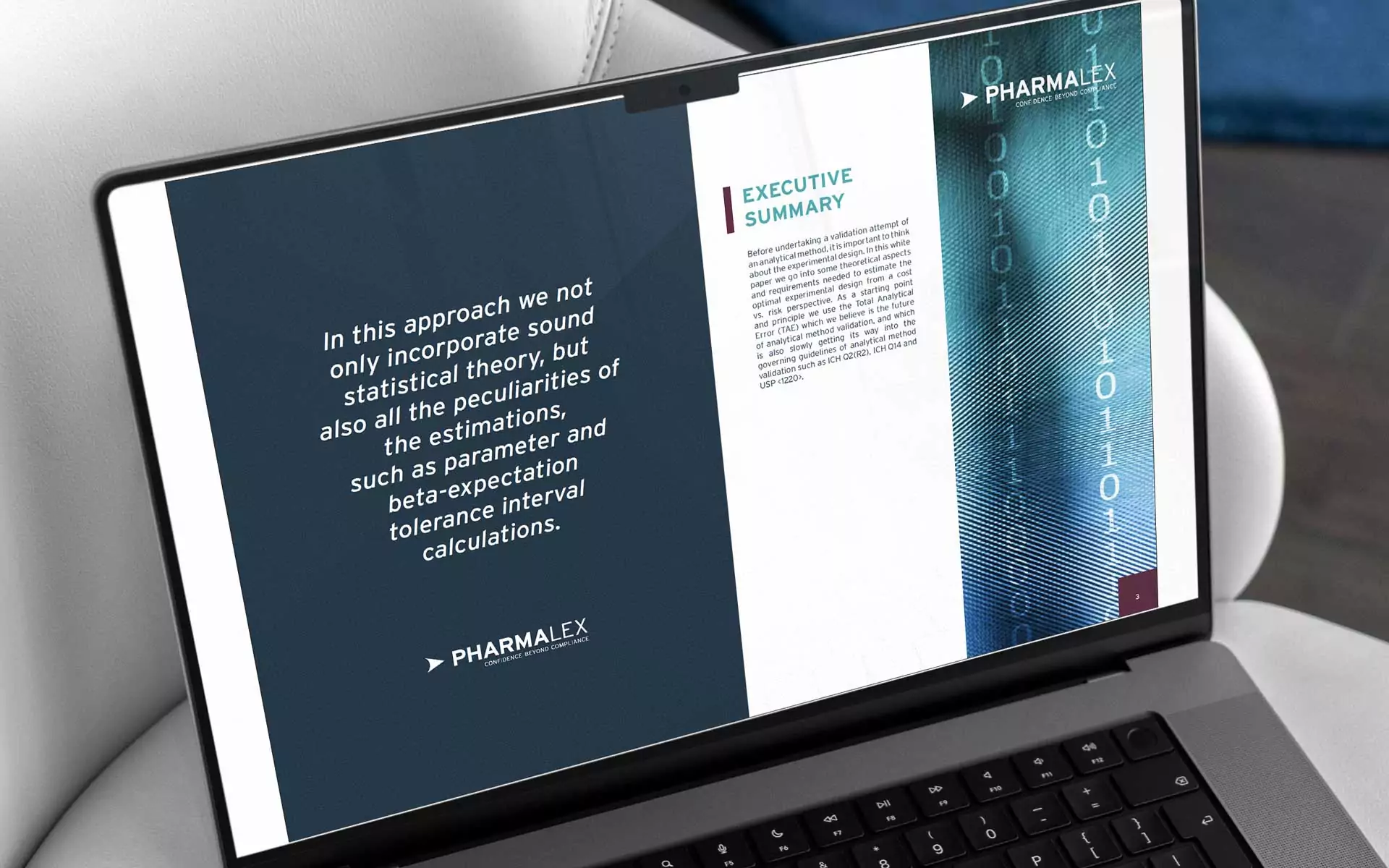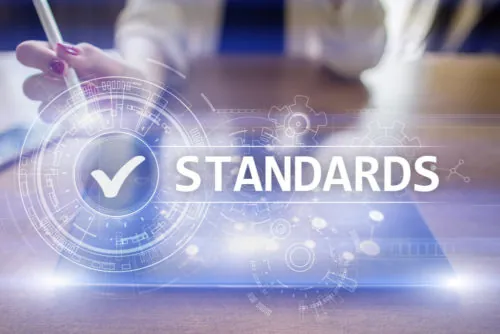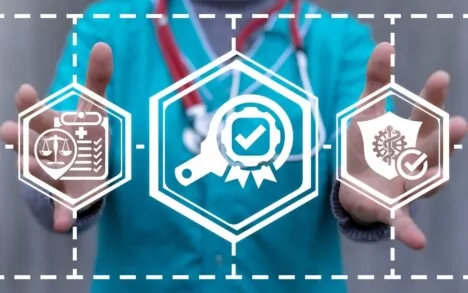Author: James Morrison Ass. Dir., MD/IVD, Biocompatibility, PharmaLex Australia
After a long hiatus due to the COVID pandemic, the ISO technical committee (ISO/TC 194) met in person in Arlington, Virginia, in the last week of October. With responsibility for the content of the ISO 10993 series of standards, as well as ISO 22442ii and ISO 14155iii, the committee had much to discuss. Following a heavy program of virtual meetings in the past few years, it was great to finally meet and resolve some of those issues that really need face-to-face considerations. In addition to the technical committee, nearly all the committee’s 18 constituent working groups met.
Attendees broadly represented the medical device industry, including regulators, manufacturers, laboratories and consultants.
The week began with a very well-attended meeting on strategic approaches to biological evaluation (WG 15.) Discussions raised new issues for consideration and gave direction to the Working Groups for standards development. Of note is a forthcoming Technical Specification on quality for chemical characterization, providing guidance to manufacturers and laboratories.
The biggest (and arguably most important) meeting of the week was WG 1 Systematic approach to biological evaluation and terminology, revising ISO 10993-1. The working group, comprising 60 experts from 16 participating countries, met every day, resolving comments on the Committee Draft. The meetings led to considerable progress being made on the revision of this key document. It is anticipated that a Draft International Standard (ISO/DS) will be available for international voting in early-mid 2024, with the hope that the revision will be published in 2024.
WG 1 has proposed a revised title: ISO 10993 Biological evaluation of medical devices – Part 1: Requirements and general principles for the evaluation of biological safety within a risk management process. This reflects the advances in thinking that will come with the revision, leading to an overall improvement in biocompatibility processes and medical device safety. Key changes include:
- Overt harmonization with ISO 14971, as well as guidance on how to manage risk
- Requirements for the biological evaluation plan
- Thorough mapping of the biological evaluation process
- Better guidance on evaluating each biological endpoint
- Life cycle considerations
- Biological equivalence
- Production and post-production activities
This is particularly gratifying since it was only in late 2020 that Australian experts stood in front of a Sydney whiteboard trying to map ISO 10993-1 to ISO 14971, seeking to rationalize and clarify the biological evaluation process. The Australian mirror committee (HE-030) submitted the Working Draft of the revision for ISO voting barely six months later. Now, after considerable effort by the drafting group, the project is rapidly nearing completion.
Other notable WG meetings of the week included:
WG 11 Allowable Limits: revision of ISO 10993-7 Ethylene oxide sterilization residuals and the amendment of the recently published Part 17 Toxicological risk assessment.
WG 8 Irritation, Sensitization: amendment of ISO 10993-23 Irritation tests, to include newly qualified Reconstituted human epidermis (RhE) irritation test kits. This included a review of advances and new methods to replace animal testing.
WG 14 Material Characterization: several projects including standard extraction protocol, sample degradation and extract processing, and AET, identification and quantification.
WG 6 Mutagenicity: a full revision of ISO 10993-3 tests for genotoxicity, carcinogenicity, and reproductive toxicity.
Other interesting developments include new projects for medical devices utilizing human tissues and their derivatives; clinical evaluation of medical devices; upgrading ISO/TR 10993-23 nanomaterials to an ISO/TS; and expanding ISO 10993-12 sample preparation to include other device material types.
The world of biocompatibility is rapidly advancing. There are important developments in progress that warrant scrutiny by the medical device industry as a whole and support from experts in the field.








